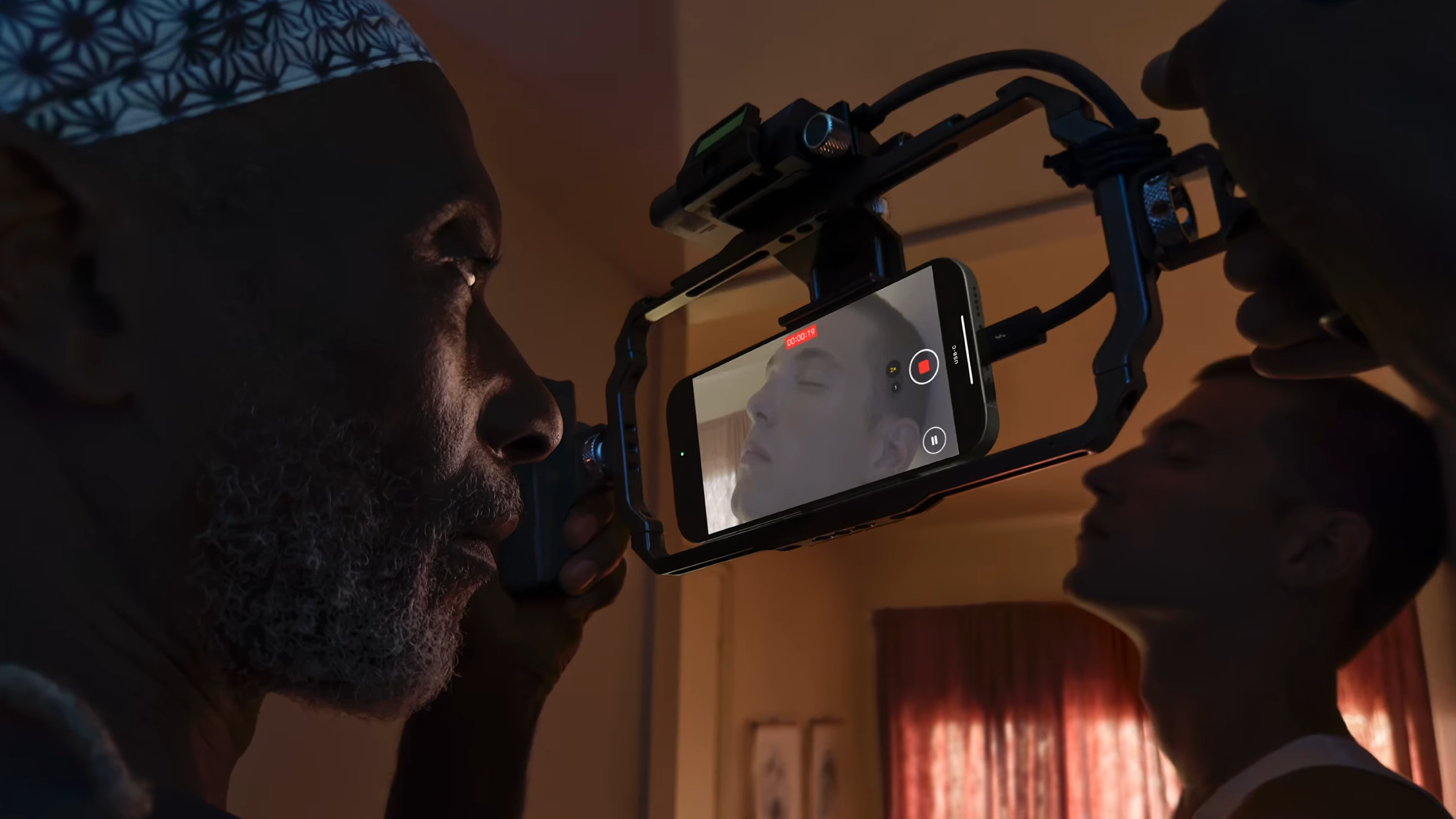iPhone 16 Pro just changed the game when it comes to shooting video — here's how

At one point during the reveal of the iPhone 16 Pro during the Apple Glowtime event today (September 9), a beautifully-shot promo video called it a "filmmaking powerhouse" — and claimed users will stop thinking about it being an iPhone and "treat it like a normal camera".
Apple's Pro model iPhones have always pushed themselves on photographic prowess, and this year's upgrade looks likely to continue the trend of iPhone being the go-to model for video creators.
The iPhone 16 Pro and Pro Max boast a new 48MP Fusion camera with a quad-pixel sensor and 4K120 fps video recording in Dolby Vision and HDR. As Apple points out, this is the "highest resolution and frame-rate combination ever available on iPhone, and a smartphone first."
That quad-pixel sensor can read data 2x faster, enabling zero shutter lag for 48MP ProRAW or HEIF photos. While the new 48MP Ultra Wide camera also features a quad-pixel sensor with autofocus and, of course, the iPhone 16 Pro benefits from the new Camera Control button.

But it's video where the device really shines. Users can shoot 4K 120fps video in HDR at either full speed or in slow motion. And the iPhone 16 Pro's higher frame rate capabilities will let you adjust the video speed after you've recorded the footage in the Photos app. It's the video equivalent of being able to adjust the focal point of a still shot after you've taken the picture, a feature introduced on the iPhone 15 Pro.
You can choose to play your video back at 120fps, 60fps, 30fps or 24fps and you can mix and match footage for on-the-go editing.
Users can shoot 4K120fps in standard or slow motion as well as adjust the video speed after recording in the Photos app.
True to the "Pro" part of its name, the iPhone 16 Pro's A18 Pro chip contains an image signal processor (ISP) that allows content makers to do frame-by-frame cinema-quality color grading for 4K120 fps in Dolby Vision.
Get instant access to breaking news, the hottest reviews, great deals and helpful tips.
Moreover, there are four new mics on the iPhone 16 Pro and Pro Max that capture Spatial Audio and a new on-device mixing technology called Audio Mix. Apple says users can "adjust their sound after capture to focus on the voice of the person on camera, make it sound like the video was recorded inside a professional studio, or position vocal tracks in the front and environmental noises in surround sound."

These small updates build on prior Apple camera tricks, like Cinematic Mode introduced way back on the iPhone 13 Pro, to make the company's Pro phones a go-to for video makers. There's a reason the iPhone 15 Pro Max tops our guide to the best camera phones. And I feel quietly confident that, once we've tested it, the iPhone 16 Pro Max will displace its predecessor as our best pick.
More from Tom's Guide
- iPhone 16 Camera Control — here's everything it can do
- iPhone 16 Pro and 16 Pro Max announced — bigger displays, prices, colors and Cinematic slow motion
- iPhone 16 announced with A18 chip, new Camera Control button and Apple Intelligence

Jeff is UK Editor-in-Chief for Tom’s Guide looking after the day-to-day output of the site’s British contingent.
A tech journalist for over a decade, he’s travelled the world testing any gadget he can get his hands on. Jeff has a keen interest in fitness and wearables as well as the latest tablets and laptops.
A lapsed gamer, he fondly remembers the days when technical problems were solved by taking out the cartridge and blowing out the dust.










